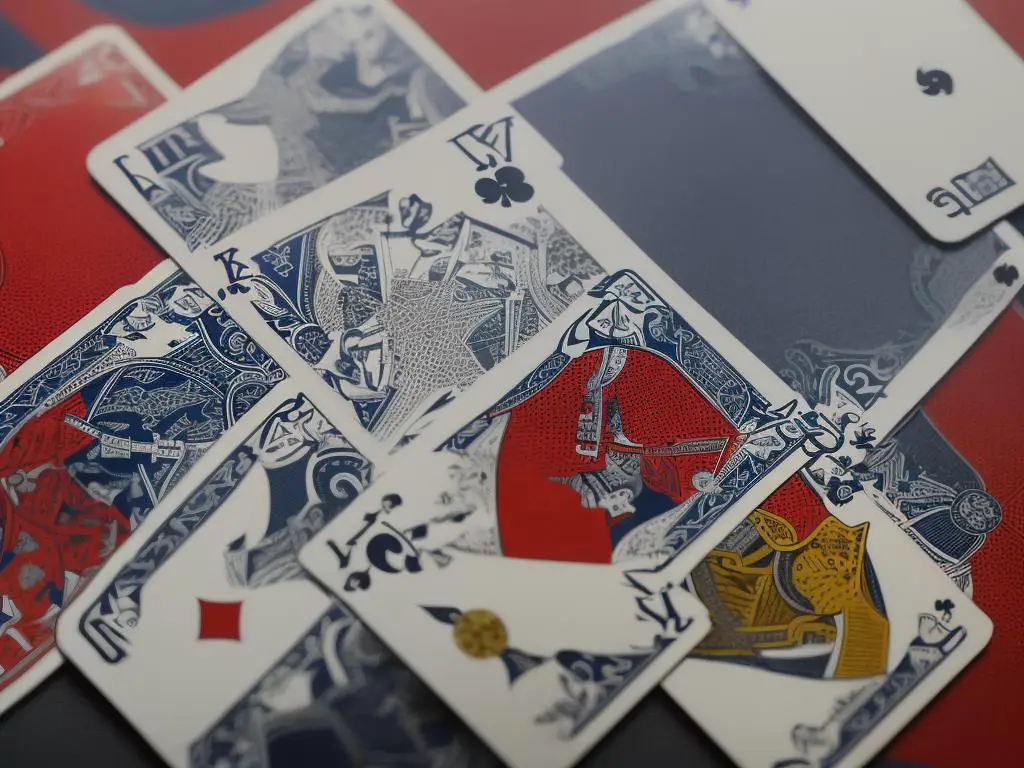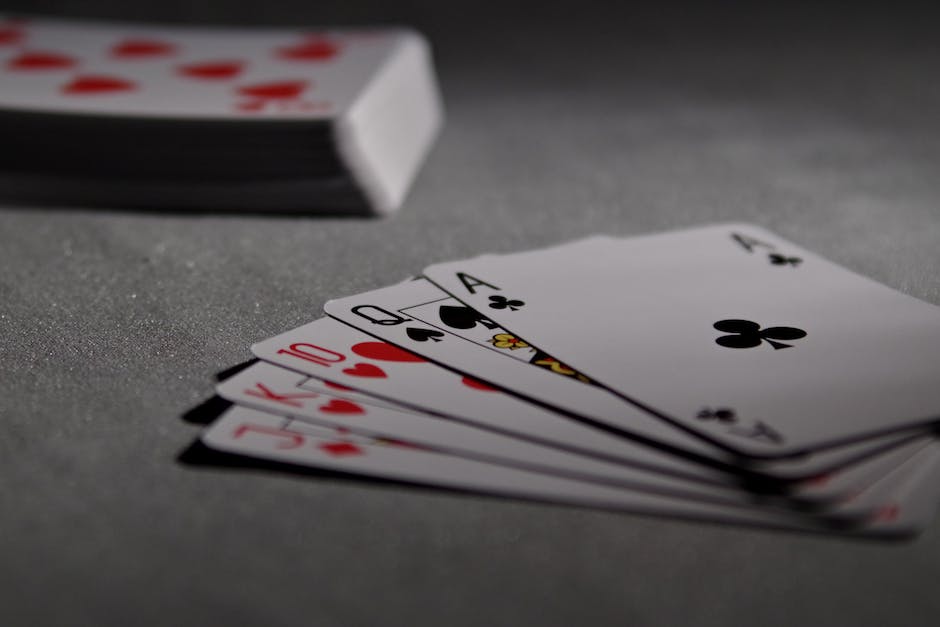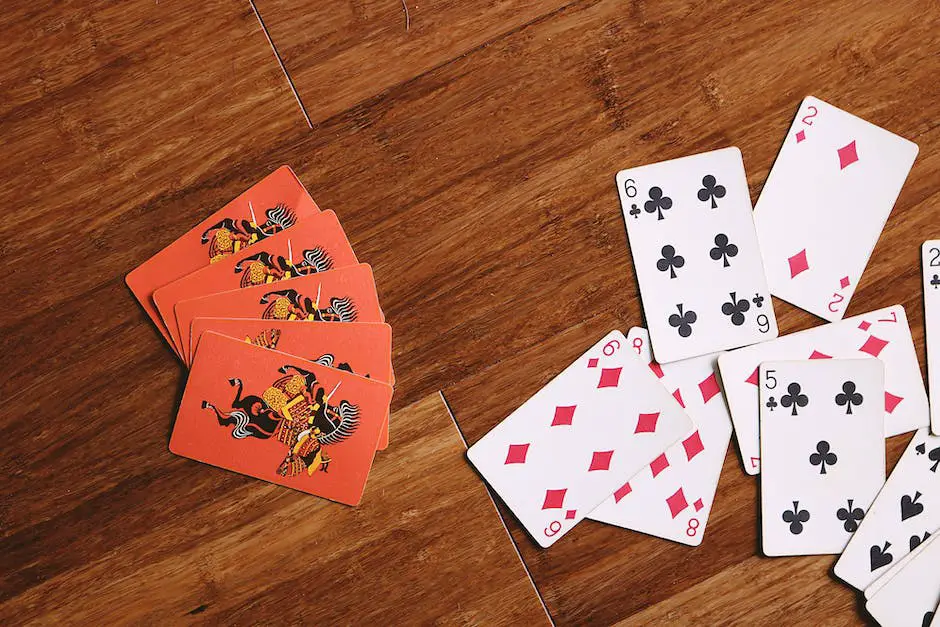Known globally for its intriguing mix of strategy and luck, Skat has won countless admirers since its German origins in the early 19th century. Although relatively less known than poker or black-jack, the appeal of Skat extends beyond a simple love of card games. Its unique deck and the constant mental acrobatics one has to perform sets Skat apart and flaunts its rich complexity. Our journey into this fascinating game begins with understanding its most basic elements, including its two-player standard structure, special deck, and the hierarchy of cards. We shall explore Skat’s lexicon and delve deep into every term like auctions, declarer, defenders, to lay a strong foundational understanding of the game.
Understanding the Basics of Skat
Understanding the Fundamentals of Skat
Skat, a popular 3-player trick-taking card game, originated in early 19th-century Germany. It was first developed in Altenburg and quickly gained traction, spreading throughout Europe and eventually gaining recognition worldwide. Though Skat can be played in various ways, the standard version calls for three participants.
The essence of Skat revolves around securing the most points in tricks while minimizing losses. It demands a combination of strategic foresight, numeric estimation, and a keen understanding of the opponents’ possible hands. This forms the unique appeal of Skat, captivating players for generations since its inception.
A game of Skat typically unfolds over several deals, with the cumulative score determining the overall victor. However, each individual round can be seen as a game in and of itself—with its own declarer and two defenders potentially changing with each deal.
The Skat Deck and Card Ranking
Unlike most traditional card decks, Skat uses a 32-card deck, dropping the 2’s through 6’s. It consists of four suits: clubs, spades, hearts, and diamonds, each possessing eight cards—seven, eight, nine, ten, jack, queen, king, and ace. Notably, the suits aren’t balanced in Skat, with jacks being the highest ranked regardless of their suit.
The ranking in Skat follows a unique order, different from most other card games. The jacks are always the top cards, followed by the ace, ten, king, queen, nine, eight, and seven. However, the total point value for each suit remains standard, forming an integral aspect of Skat’s strategic element.
Understanding the Basics: Auctions, Declarer, and Defenders in Skat
Before plunging into a game of Skat, it’s essential to grasp the fundamental lingo. An “auction” is a key process in Skat, where players wager on how many points they think they can secure for the forthcoming round. The player with the highest bet, referred to as the “declarer,” competes against the remaining two players, coined the “defenders.”
The challenge for the declarer is to score points by winning tricks and equal to or higher than the bid, while the defenders work in unison to obstruct their success. The switching roles with each new deal inspire dynamic gameplay, adding to the thrill and anticipation in Skat. The game continues to feel fresh and captivating due to this fluidity in roles.
With strategic planning, accurate point prediction, and sound knowledge of Skat’s peculiar ranking and exclusive vocabulary, any devoted card game enthusiast can rapidly transition into a proficient Skat player.

Rules and Gameplay of Skat
Laying the Foundation: An Overview of Skat Card Game
Invented in Germany in the early 19th century, Skat is a captivating card game intended for three players. It’s not only a delightful leisure activity but also a fierce competition, testing players’ strategic abilities and skills. Skat utilizes a standard deck of 32 cards, introducing players to a distinctive bidding and scoring mechanism, along with the concept of declaring trumps.
The Card Dealing Sequence
The game starts with the dealer shuffling the deck of cards and dealing each player 10 cards in counter-clockwise
rotation. The remaining two cards, known as the “skat”, are placed face down on the table. The dealer rotates with
each round, moving one position to the left.
The Bidding Phase
After dealing, the bidding phase commences, with players bidding to win the right to become the declarer. Players
bid based on the value they believe they can attain in the game round. It starts from the dealer’s left, with each
bid being higher than the last. A bid can range from 18 to 180, with the player bidding the highest number
becoming the declarer.
Declaring the Trump
The declarer is then allowed to pick up the skat and discard two cards faced down which will be added to his tricks
at the end of the game. The cards discarded should not include any trumps. Trumps are specified by the declarer
and can be any suit or the jacks.
Playing the Skat Card Game
The game begins with the player to the left of the dealer. Players must follow the suit of the first card played,
if possible. If they cannot, they may play any card. The player who has played the highest trump or the highest card
in the suit that was led wins the trick. The player who won the trick then starts the next trick by playing a card.
This continues until all 10 tricks are played. The declarer must accumulate at least 61 points to win the game round.
If the declarer has 31 or fewer points, it’s called a schneider. If he fails to win any tricks, it’s called a schwarz.
The Scoring System
Skat has a unique scoring system. The declarer’s score is calculated based on the game value, which depends on the
trump suit, the number of matadors (unbroken sequence of trumps), and whether the game was won or lost. Winning or
losing with schneider or schwarz will also affect the score. In all different game variants, if the declarer wins, he
receives the game value from each opponent. If he loses, he deducts the game value twice.
Skat’s Special Rules and Exceptions
Skat has a few special rules and exceptions. For instance, there are specific rules for declaring a grand hand or
a null game. In a grand hand, only jacks are trumps, and in a null game, there are no trumps, and the declarer aims
to lose all their tricks. These variants alter the game’s dynamics significantly, adding an extra strategic layer
for players.
Unraveling the Intrigue of Skat
With a captivating blend of luck and strategy, Skat is a card game that has fascinated its followers for centuries. Its allure rests not only on the ability of any hand to turn the tide of the game but also on the demand for versatility in game tactics among its players.

Strategies and Tips for Winning at Skat
Mastering the Nuances of Skat
In Skat, competence comes with employing several tactics to enhance your chances of triumph. The key strategies include accurate card counting, forecasting your adversaries’ hands, and aptly managing your cards to increase your score while mitigating risks. Undoubtedly, proficient players possess a deep cognizance of their cards, understand probable cards in their opponents’ hands, and can navigate different stages of the game effectively.
One crucial aspect to bear in mind while playing Skat is the game’s dependence on mental acuity. Unlike other card games, Skat goes beyond merely understanding your cards and delves into swiftly deciphering your rivals’ plans, thereby necessitating strategic adaptions. Mastering card counting can give you a significant advantage by helping you remember your cards, gauge other cards remaining in play, and anticipate cards likely in your opponents’ hands.
Common Mistakes in Skat
A common mistake made by novices is failing to bid and play aggressively. In Skat, points are scored by winning tricks, so it’s a balance of tactics to win the most high-point cards while minimizing the risk of losing the round. Being too passive can result in losing points and hands you could’ve won. Conversely, being too aggressive can have you lose matches you could’ve otherwise salvaged.
Another mistake to avoid is failing to consider the Skat (the two cards left after the deal) while bidding. You should also avoid misunderstanding or ignoring the basic scoring and bidding systems, as it is a fundamental part of the game.
Managing Your Hand
If you’ve been dealt a strong hand, make the most of it by bidding high. The player who bids the highest becomes the declarer, who, having the privilege of picking up the Skat, can strengthen his hand and play alone against the other two players. However, be cautious as if your opponents outscore you, you will lose double the game value.
Remember that in the Skat, ten is the second most significant card, and it could drastically change the outcome of the game if utilized correctly. Never underestimate the power of a ten card or the value of suit strategy.
Casual and Case Examples
In one instance, let’s assume you’re dealt a hand of only high-value cards. For such a situation, the best strategy would be to choose a Grand game, where only the Jacks are trumps, giving you control of when to take tricks, as the opponents probably won’t have as many high-value cards as you.
In another example, if you have been dealt a good mix of high and low-value cards, remember to balance taking quick points from high cards with forcing out opponents’ trump cards with your lower value cards.
Understanding the strategies and procedures highlighted above can immensely improve your gameplay and increase your chances of winning in Skat. Practice them along with card counting and incorporating game theory for the best results.

Armed with nuanced insights into Skat’s rules, strategic acumen, and a weapon of tips to guide your gameplay, the game that was once alien is now a thrilling challenge ready to be mastered. The ultimate essence of Skat lies in its tantalizing mix of strategy and luck and understanding how to handle the hand you’re dealt. Remember, the path to mastery is rife with trials and tribulations. However, with sound strategy, conscious decision-making, and a sense of adventure, each game of Skat becomes a doorway to satisfaction and intellectual accomplishment. Immerse yourself and enjoy the exhilarating ride that is Skat.
FAQ
FAQ Questions:
A: A popular German trick-taking card game played with a deck of 32 cards. It involves bidding, choosing a trump suit, and carefully playing cards to win tricks and score points.
A:Players bid for the right to become the solo player, who plays against the other two players as a team. The solo player tries to win a specific number of tricks while the opponents aim to prevent them from reaching their goal.
A: The basic rules of Skat involve dealing the cards, bidding for the game, determining the trump suit, playing tricks, and scoring points based on the achieved contracts. Understanding the specific rules and card rankings is essential.
Q: What are some strategies for winning at Skat?
A: Successful Skat strategies include assessing the strength of your hand, predicting opponents’ cards, employing card combinations and tactics, and effectively utilizing the Skat pile. Developing a strong bidding and playing strategy is crucial.
Q: How long does a game of Skat typically last?
A: The duration of a game of Skat can vary depending on factors such as the number of players and the number of points required to win. On average, a game usually lasts around 30 to 60 minutes.
A: Skat is traditionally played with three players, but variations exist that allow it to be played with four players by adding an additional non-playing dealer. Adjustments to the rules and scoring may be necessary.
A: Skat has regional variations with slight rule differences, such as different bidding systems or scoring methods. It is important to clarify the specific rules before playing with a new group of players.